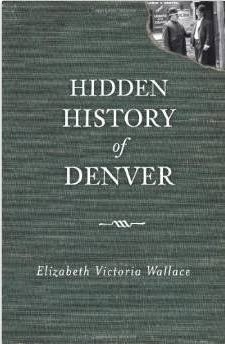
Elizabeth Wallace has produced a very informative, valuable and comprehensive book, a guide to some interest and historical places to visit all within easy distance from London. The book covers the Southeast of England and includes travels to the Counties of Essex, Kent and East Sussex all steeped in history with many a tale to tell. Elizabeth has relayed much information of the places not to be missed, their fascinating, historical past and the transport systems available to reach these destinations. Included are tips and information on where to eat and where to stay and what to see and look out for as you discover all that this region has to offer.
The author in this case has a particular qualification, enabling her to share her knowledge with the first time visitor to this area of England, for the information she offers is well known to her, as she was born and lived here before making her home in America. Taking with her a love of the history and the familiar countryside and expressing that love in sharing her knowledge with others that they too might enjoy to the full all that these places offer. A tourist with limited time to investigate the possibilities will come prepared having read this guide which will be a useful and valuable companion throughout your planned journeys. The book will make the difference from negotiating a complicated maze into a gentle and confident stroll around already familiar places. The book is a handy size to maintain a functional reference whether kept in a sensible travelling bag or stuffed into a copious coat pocket. There is an easy to find and follow index of particular subject matter which includes, Castles, Churches, Gardens, Historic Homes, Hotels, Inns, Museums, Pubs, Restaurants, Tea Rooms and much more.
The tourist from whatever part of the world who wants to visit little known villages and towns within easy distance from London and get to know a great deal about the history and present day facilities will be well served by this book. The English natives too, who wish to discover more about this part of the country could not have a better start than to read what this book has to offer and then to adventure out and find out a great deal more about what lies on their doorstep in the home counties. The information offered here will intrigue and surprise all who read the content and in the process learn much more about themselves and the beautiful English countryside within close proximity to London, which some of us are fortunate enough to call home. The reader is led on a journey by an author with a sure hand as it is clear she knows and loves her subject and the places she helps you discover will remain with you both before and after a visit. The visitor makes a journey which is both satisfying and an educational experience as the hidden history is revealed and explanations offered for the basis of country law and custom, tradition and folklore. Well worth a read even if your planned journey remains a pipe dream for the time being, it certainly will inspire many to turn those day dreams into reality and to start packing for a voyage of discovery and a real adventure in the English countryside.
Patricia Pound 2007
Author: Romford Pubs ISBN 9780752438412
Tempus Publishing





